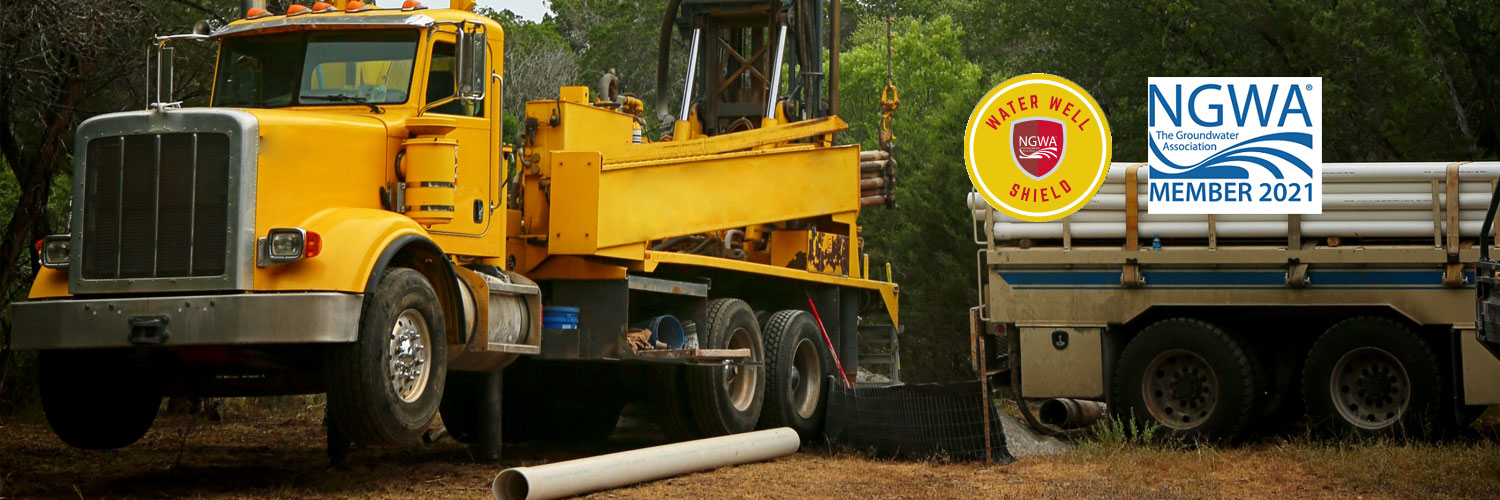
For water treatment plant clients, there’s a lot of responsibility they have to oversee on a daily, or even minute-by-minute, basis. Plant managers are not only responsible for keeping tabs on wastewater treatment plant operations, but they also have to protect their employees and the public from the many unique risks in the process.
One of those unique risks is preventing a plant from falling victim to a type of blast or explosion. But in a place where different gases are present, having to stay on top of every potential for risk can be daunting. Over time, the daily demands of treatment plant operations can end up putting major stress on combustible gas and smoke detectors. To avoid the rising potential for explosions and blasts, and putting extra strain on these units, it’s important that plant managers and staff are aware of safety standards.
OSHA, Insurance, and Awareness
There is a high level of effective gas and fire safety that wastewater treatment plans need in order to keep everyone safe and operate without liabilities. By keeping up-to-date on the latest safety and security needs, and combining this with effective water treatment coverage, which can provide resources to help find legal representation or the level of financial help to pay for repairs, wastewater plants can only increase their chances of keeping blast and explosion risks low.
To keep up with OSHA standards, combustible gas and smoke detectors that are installed in water and wastewater treatment plants are installed in hazardous locations, such as areas with flammable liquids, gases or combustible dusts. These can come together to produce an explosion or fire in wastewater collection systems and wastewater treatment processes.
Fire Safety Systems
Combustible gas detection systems can alert personnel to a leak before it ignites and causes a blast or explosion of any size. When these are used in wastewater treatment plant they are able to measure methane in order to determine a combustible level has been reached. Newer systems are able to trigger alarms, provide time for intervention or evacuation, release water mist if a gas cloud is forming, or record events.
Wastewater treatment plants have a couple of options when it comes to this kind of defense. First, there’s the line-of-sight gas detection system, which uses lasers or UV technology. These detectors monitor combustible gas levels between two points and are usually used to monitor open spaces that are above pipelines and valves.
Next, there’s the fixed-point gas detection system which uses either catalytic or infrared technology. These detectors use these technologies to activate when any gas comes in contact with them. These are usually installed in more high-risk areas and can even come hand-held to help with use by crews entering a high-risk zone.
Smoke Detectors
Smoke detectors are able to sense particles that are produced by combustion and use video image detection and ionization. These should be located in areas where airflow is anticipated to come from sources that are likely to present fire risks.
In the sludge-processing areas of a wastewater treatment plant, having smoke detectors is recommended. Incinerator buildings and underground tunnels are also suggested to have these installed. Much like gas detectors, smoke detectors in hazardous areas must have approvals to be installed.
There are some smoke detectors that can self-test periodically wherein the system controller lets users know whether they are functioning correctly. Even with this option, these detectors should be tested manually on a regular basis.
About Watercolor Management
WaterColor Management has insured the water industry for over 30 years. Our policies include unlimited defense cost coverage in the event of a lawsuit against you. Call us at (256) 260-0412 or email info@watercolormanagement.com for a quick quote for your Water Business Professional, Products/Completed operations, Pollution and General Liability Insurance.




